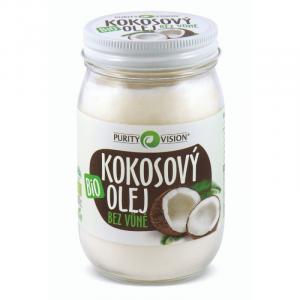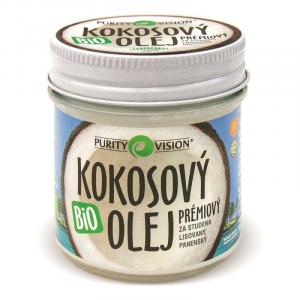
The production of palm oil is destroying rainforests and wildlife

Palm Oil: Essential Commodity or Environmental Threat?
Palm oil is one of the most widespread raw materials in the food and cosmetics industries. Its presence in everyday products ranges from sweets and margarines to shampoos and soaps. The main reason for its popularity lies in its low cost and excellent technological properties, but it is also the subject of heated discussions due to its impacts on human health and the environment.
Why is palm oil used so often?
It is extracted from the fruits of the oil palm (Elaeis guineensis), which is primarily cultivated in tropical areas of Southeast Asia, Africa, and South America. Thanks to the high yield of this crop, palm oil production is economically advantageous. Moreover, it has exceptional stability – unlike other vegetable oils, it spoils less, lasts longer, and is resistant to oxidation. Its consistency and neutral taste make it an ideal ingredient for many food and cosmetic products.
The main factor determining its prevalence is its ability to enhance product texture and ensure longer shelf life. For example, in chocolate products, it prevents melting, adds softness to baked goods, and helps create a crispy crust in fried foods. In cosmetics, it functions as a moisturizer and emulsifier.
Health Impacts
The health risks associated with the consumption of palm oil often depend on its processing. It contains a significant amount of saturated fatty acids, which can contribute to increased levels of LDL cholesterol, associated with a higher risk of heart disease. On the other hand, unrefined palm oil also contains natural antioxidants, such as tocotrienols, a form of vitamin E that may have a protective effect on cells.
The difference between refined and unrefined palm oil is crucial. Industrially processed oil, often found in highly processed foods, may contain trans fatty acids, considered the most harmful to health. Excessive consumption can not only increase bad cholesterol but also lower the "good" one, negatively affecting the cardiovascular system.
From this perspective, it is important in what form and in what amount palm oil is consumed. If it is part of a balanced diet and in its natural form, it may not pose a significant risk. The problem is its excessive use in cheap industrial products, which often contain other unhealthy components, such as added sugars, salt, or artificial additives.
Try our natural products
How does palm oil production affect the planet?
Besides health issues, the environmental impact of palm oil is often mentioned. Due to increasing demand for this raw material, there is massive deforestation of tropical rainforests, especially in Indonesia and Malaysia. Forest burning to clear new land for plantations destroys natural ecosystems and threatens biodiversity. Orangutans, Sumatran tigers, or rhinos lose their natural habitats, pushing them to the brink of extinction.
However, the ecological impacts are not limited to the loss of forests. The process of cultivating oil palms contributes to greenhouse gas emissions and disrupts natural water cycles. Intensive use of chemicals leads to soil erosion and pollution of water sources. These factors have far-reaching consequences for climate change and ecosystem stability.
In response, initiatives aimed at more sustainable palm oil production have emerged. Certifications like RSPO (Roundtable on Sustainable Palm Oil) aim to promote responsible management that would minimize negative environmental impacts. Nonetheless, there are doubts about the actual effectiveness of these measures and how much they can influence the global market.
Alternatives and the Future of Palm Oil
The question of replacing palm oil with other oils is complex. Although the possibility of using soybean or coconut oil is often discussed, none offer the same advantages in terms of yield and stability. Moreover, extensive production of other oils could lead to additional environmental problems, such as higher water consumption or the use of more agricultural land.
Some manufacturers are therefore experimenting with laboratory-developed alternatives that could offer similar properties without negative environmental impacts. Another approach is the development of sustainable methods of cultivating palm oil that would not require such drastic interventions in nature.
For consumers, the key factor remains awareness and conscious decision-making when choosing products. Selecting products with sustainable palm oil certification and supporting companies striving to minimize their environmental impact can help create pressure for changes in production processes.
Palm oil is a raw material with many benefits but also significant risks. Its technological properties and low cost make it an indispensable part of many products, yet its mass production poses a threat to the planet and human health. The key to responsible use of this material is awareness, regulation, and finding more sustainable alternatives. Consumers can influence the direction of the palm industry with their purchases and support changes leading to reduced environmental burden.




